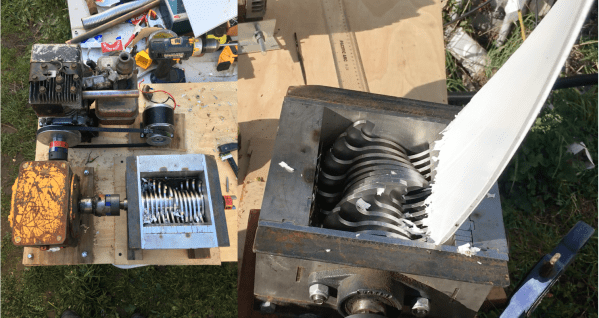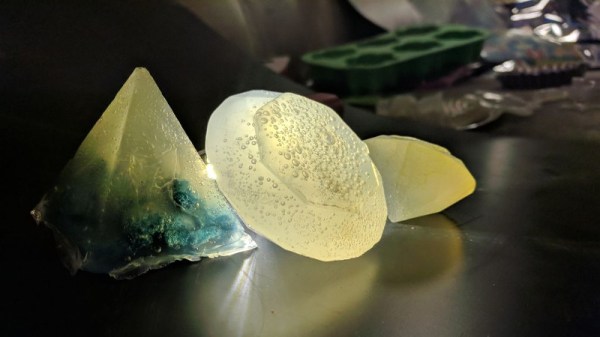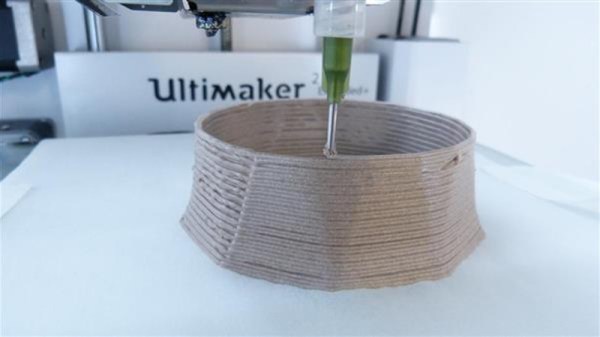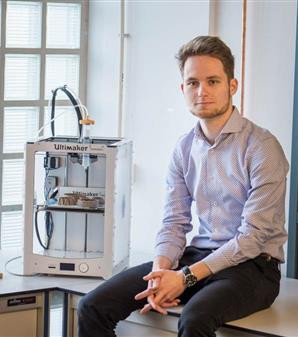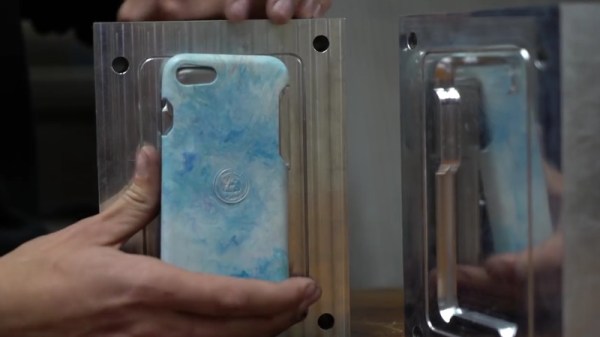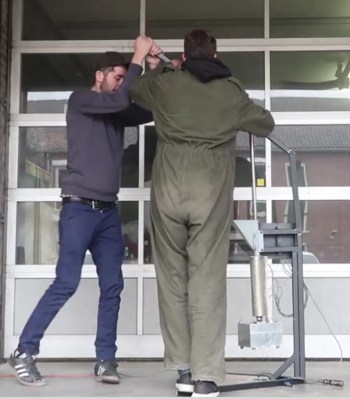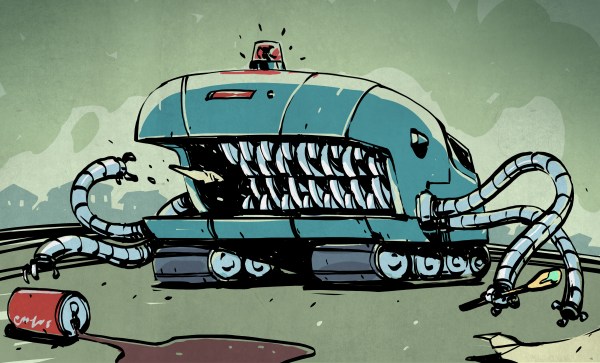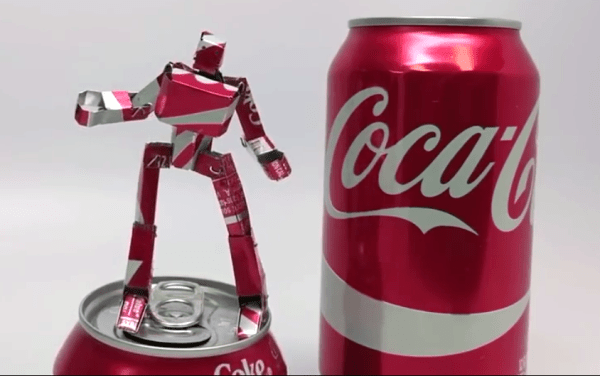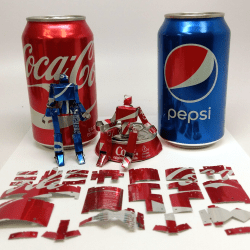The amount of stuff we humans throw away is too damn high, and a bunch of it harms the ecosystem. But what are you gonna do? [Sam Smith] thinks we can do better than shoving most of it in a landfill and waiting for it to break down. That’s why he’s building The Metabolizer. It’s a series of systems designed to turn household trash (including plastic!) into useful things like fuel, building materials, and 3D prints.
The idea is to mimic the metabolism of a living organism and design something that can break down garbage into both useful stuff and fuel for itself. [Sam] is confident that since humans figured out how to make plastic, we can figure out a system to metabolize it. His proof-of-concept plan is to break down waste into combustible, gaseous fuel and use that fuel to power a small engine. The engine will power an open-source plastic shredder and turn a generator that powers an open-source plastic pellet printer like the SeeMeCNC Part Daddy.
Shredding plastic for use as a biomass requires condensing out the tar and hydrocarbons. This process leaves carbon monoxide and hydrogen syngas, which is perfect for running a Briggs & Stratton from Craigslist that’s been modified to run on gaseous fuel. Condensation is a nasty process that we don’t advise trying unless you know what you’re doing. Be careful, [Sam], because we’re excited to watch this one progress. You can watch it chew up some plastic after the break.
If [Sam] ever runs out of garbage to feed The Metabolizer, maybe he could build a fleet of trash-collecting robots.
Continue reading “The Metabolizer Turns Trash Into Treasure”

